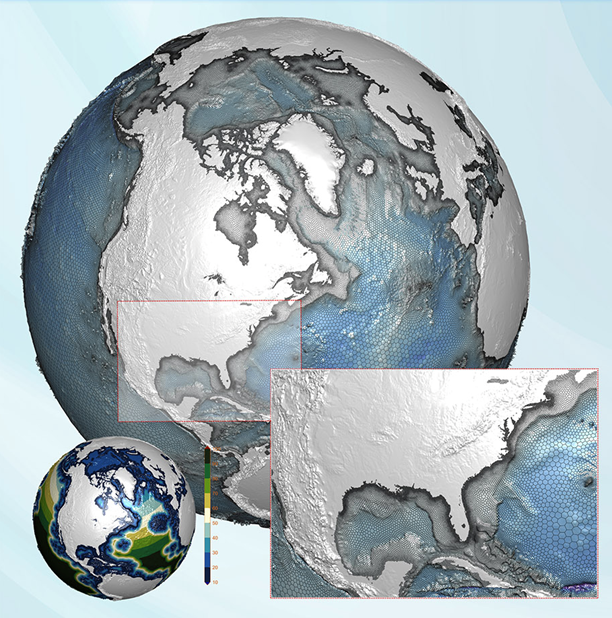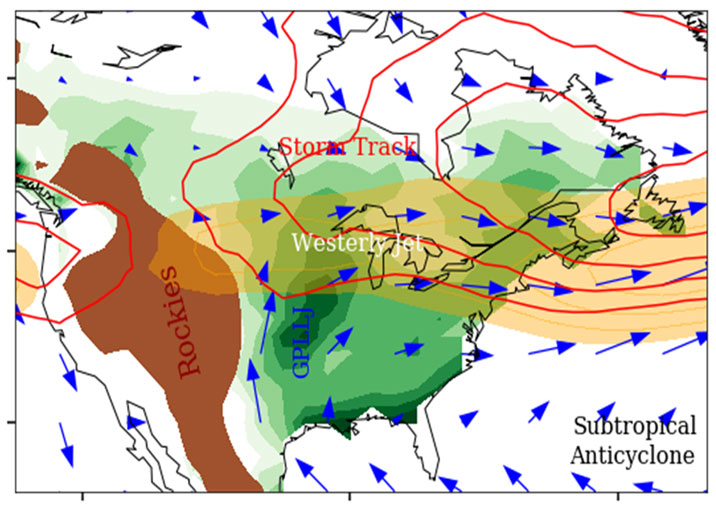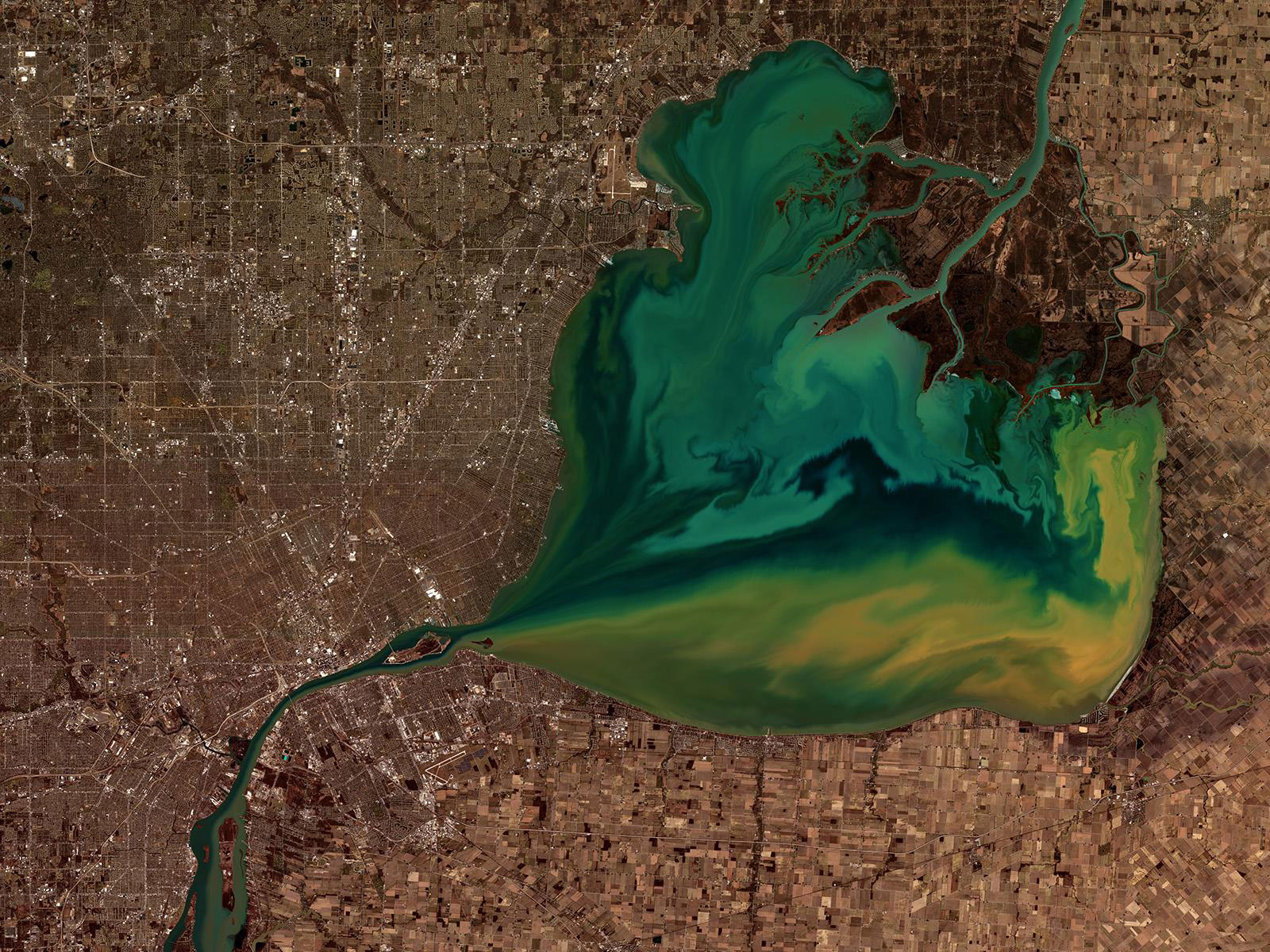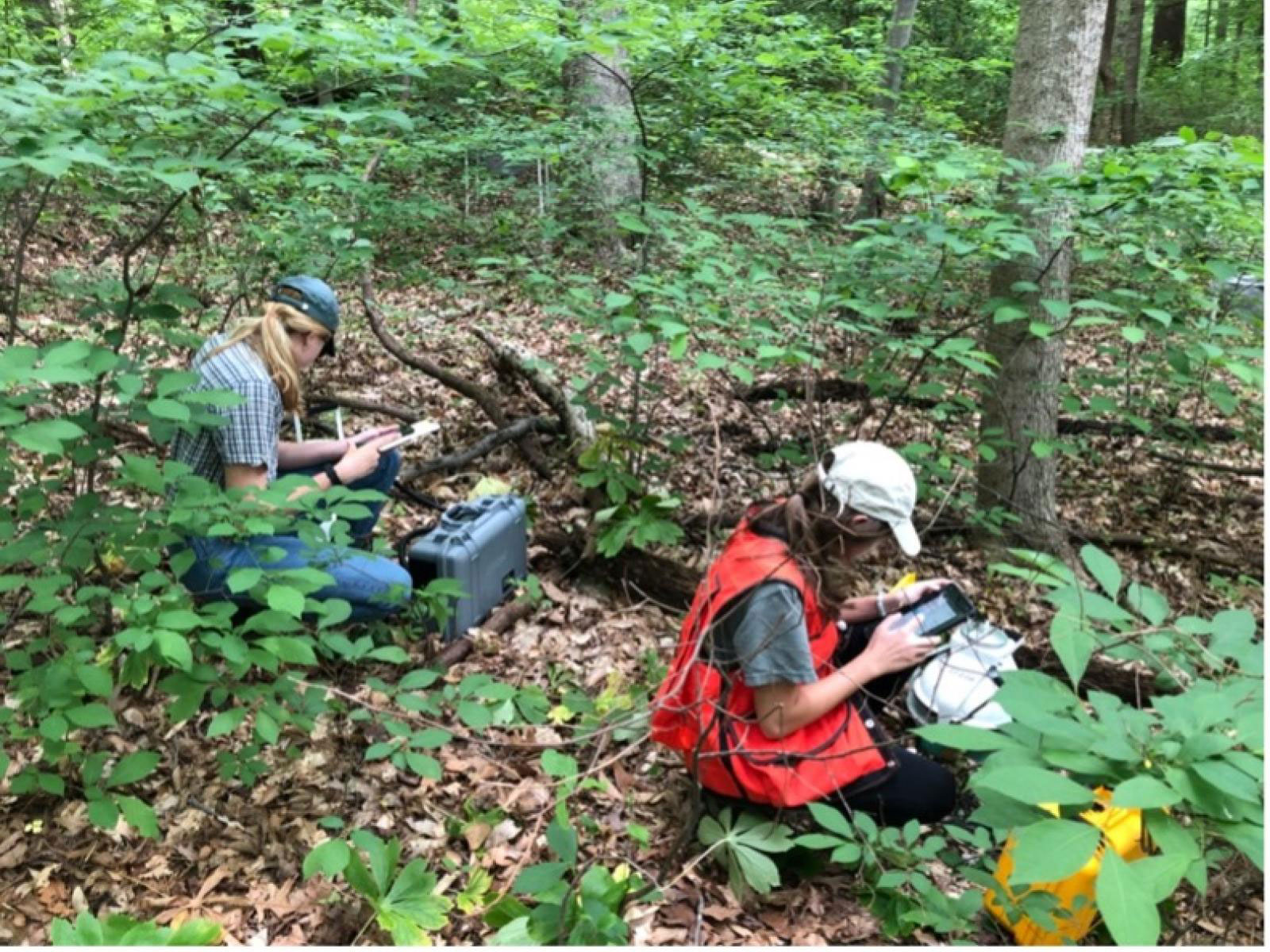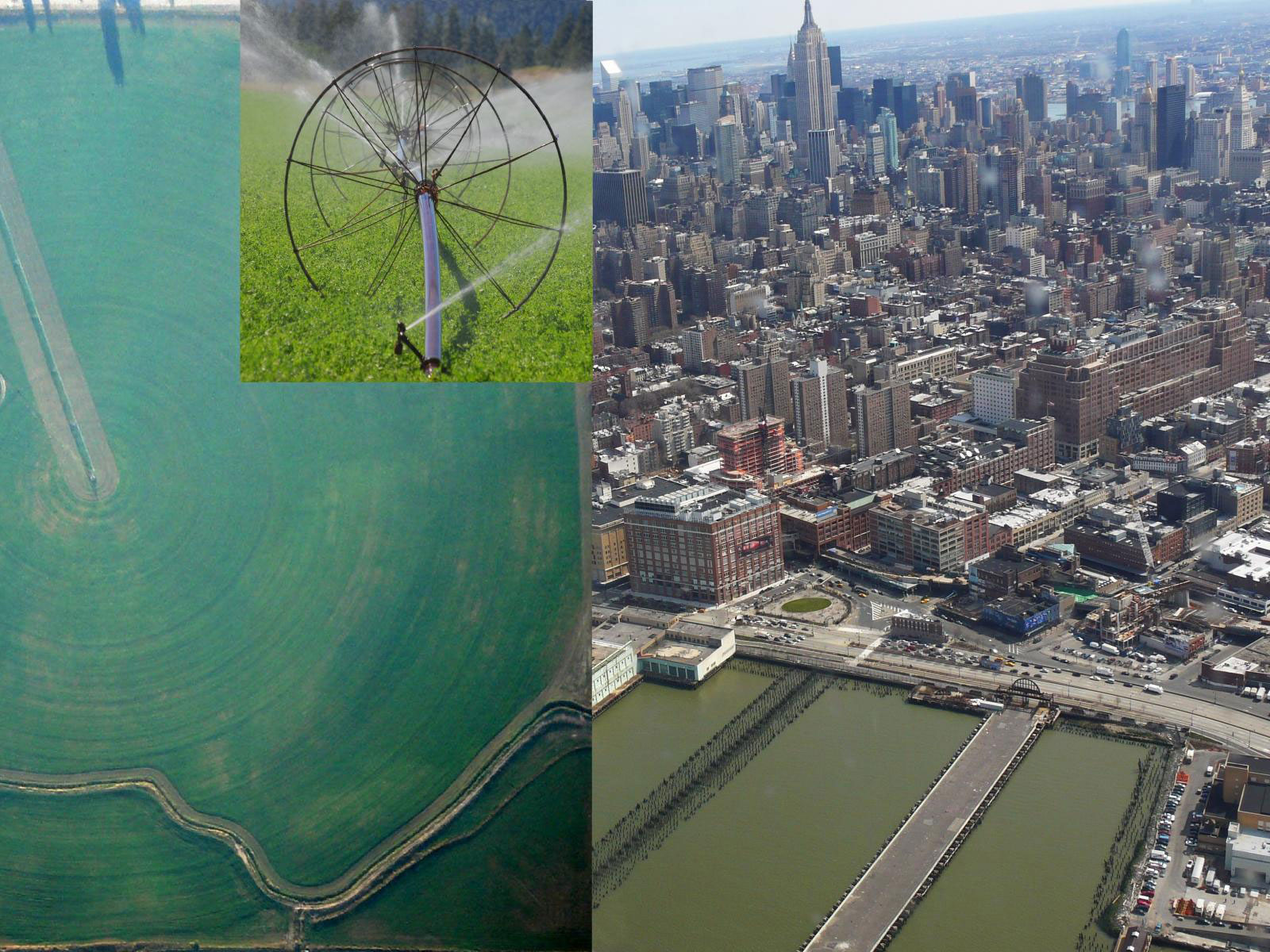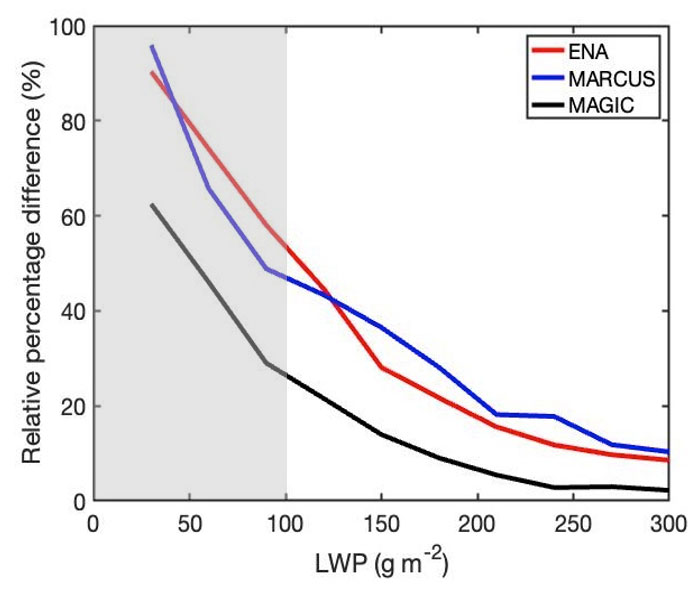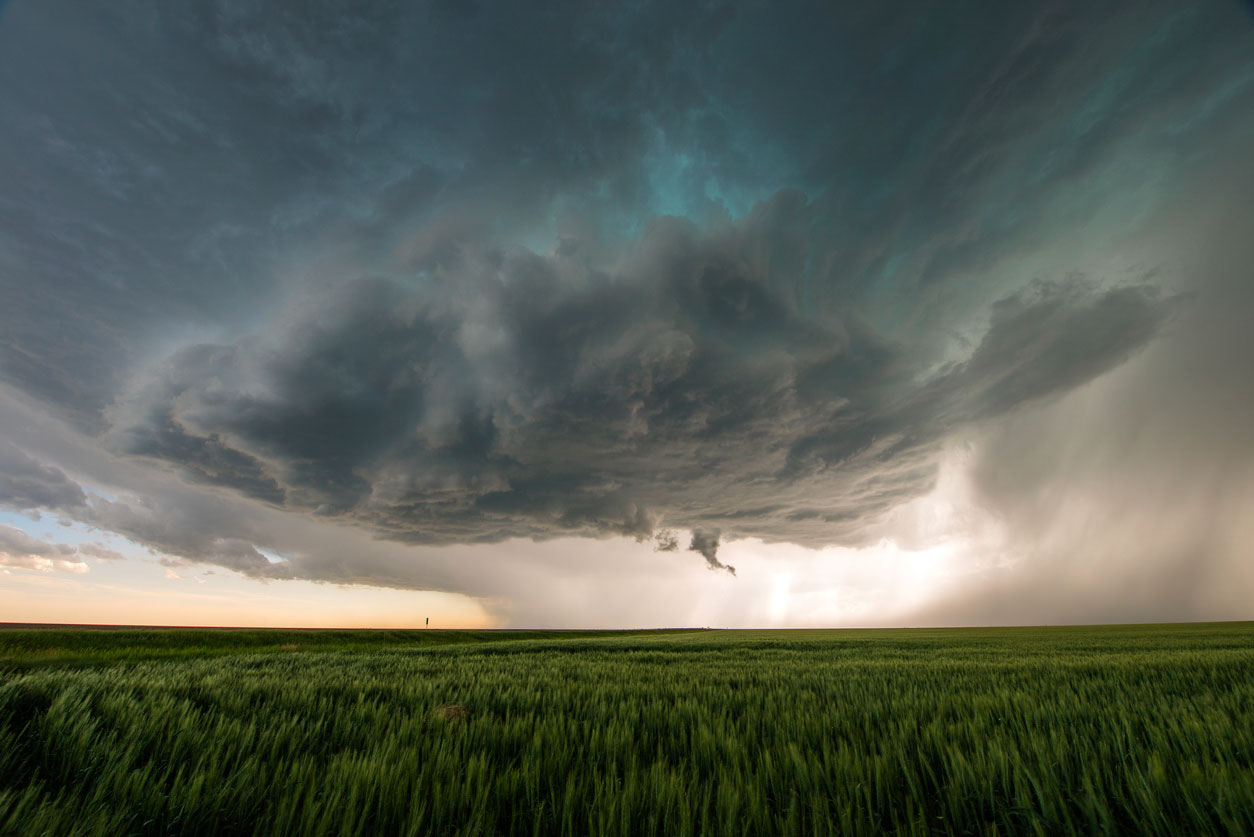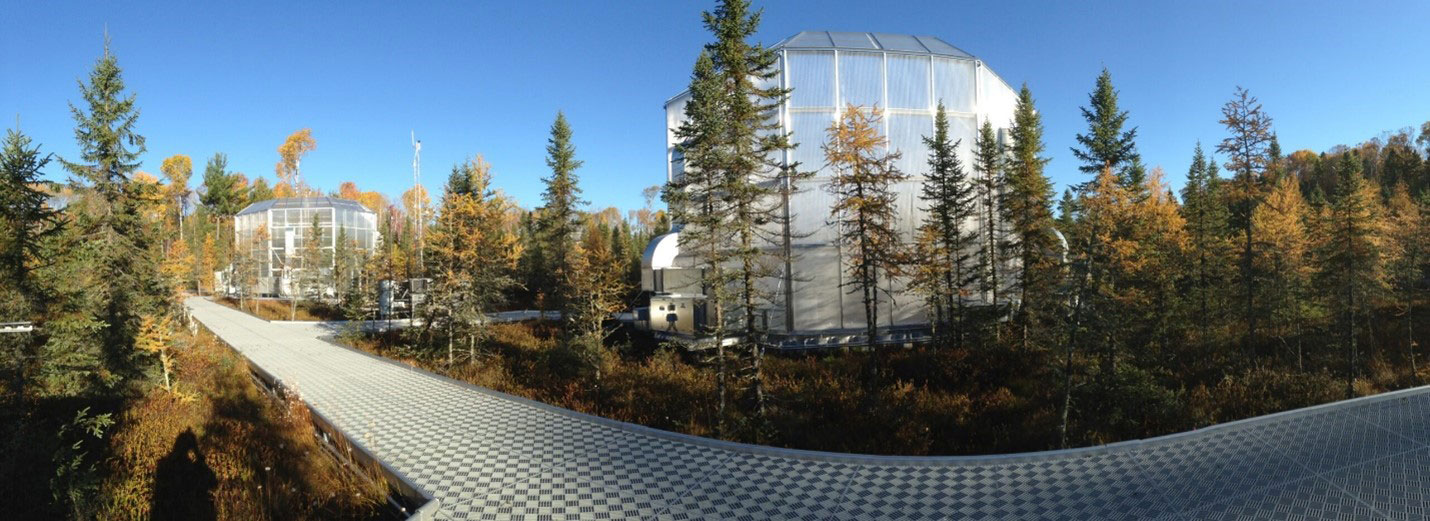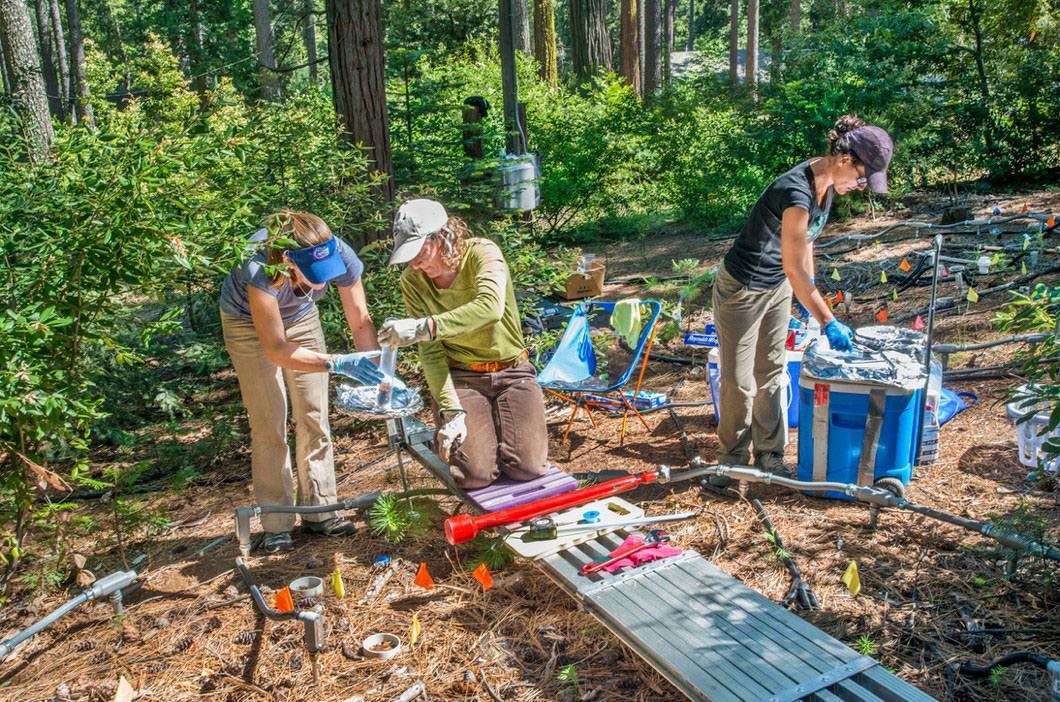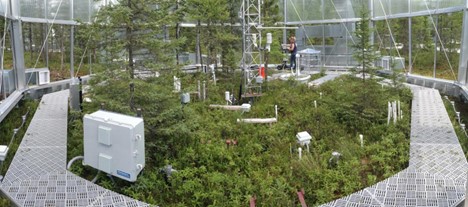
In Peatland Soil, a Warmer Climate and Elevated Carbon Dioxide Rapidly Alter Soil Organic Matter
Experiments find increased temperatures and carbon dioxide rapidly altered peatland carbon stocks, highlighting peatlands’ vulnerability to climate change.

![Composite of geopotential heights [m] (contours) and anomalies (colors) at 700 Hectopascal (hPa) of air pressure for each SOM node. These nodes help unpack how high- and low-pressure systems and other climate factors contribute to Texas rainstorms.](/-/media/ber/images/highlights/2024/High-Pressure-Systems.png?h=844&w=964&la=en&hash=810D3A676C1F7B8F0ABA215C5C39868B405F98E694DB597BB96940FE74D7CAE9)
